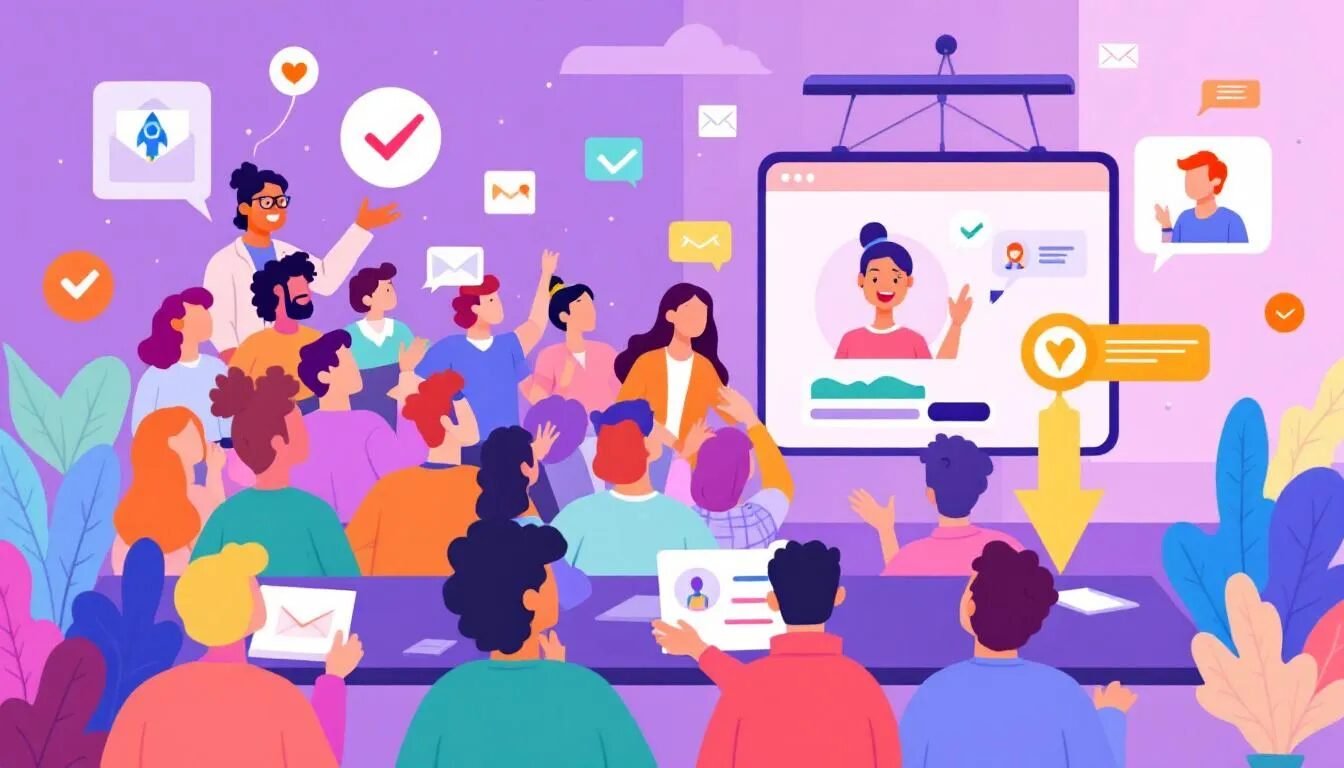
Google & Social: A Cautionary Tale
Google’s recent acquisition of Wildfire was just the latest in a long series of big moves made by the search giant in their quest for prominence in the social sphere. But it was the first significant one in a while that didn’t involve launching a product of their own. True, there have been social-oriented acquisitions in the past (Blogger back in the day comes to mind), but lately Google’s most memorable efforts to dabble into the social space came straight out of the labs over in Mountain View and, unfortunately for them, didn’t reach the heights they were undoubtedly hoping for.
Let’s take a look back at some of their efforts and learn some lessons of our own for launching a new product/service.
1. Google Wave: Too Smart for its Own Good?
Back in 2009 when Google VP of Engineering, Vic Gundotra, and his team first unveiled Google Wave at that year’s I/O conference, people believed they had just witnessed the second coming of email. Combining the latter with instant messaging and layering a boatload of functionality on top of the already impressive combo, Wave promised a radical shift in the way we communicated on the web. Expectations couldn’t have been higher, and everyone and their mother in the tech/geek world (including yours truly) just couldn’t wait to get their golden ticket and grubby hands on the beta (limited to 100,000 users only at first).
Initial feedback ranged from mixed to very positive (check out Engadget‘s and Ars Technica‘s hands-on reviews at the time for instance), with everyone agreeing that this was a tool with a tremendous amount of potential. But analysts also waved a few red flags, cautioning people to keep their expectations grounded as Wave needed to work out some kinks before being officially anointed the future of the Internet, most notably that it lacked a clear purpose and viable real-life applications. Unfortunately, those hurdles proved too great, adoption never took off, even after removing the invite-only gate, and Google pulled the plug on Wave barely a year after introducing it.
But come on, this was pretty cool:
2. Google Buzz: Parlez-vous Privacy?
As with Wave, Buzz was greeted with a fair amount of buzz (OK, that was too easy) upon release. Some were already dubbing it the “Twitter killer” as Google was looking to leverage its considerable Gmail user base by integrating the new product directly within their email client. This would allow users to post updates visible to anyone in their Gmail contact list, directly from their Gmail page. In addition to the convenience of not having to change windows/tabs, Google enabled auto-following between a user and all his/her Gmail contacts, public and private sharing (which meant your posts would be indexed and thus Googleable) and a customized recommendation system for access to only the most relevant updates. All in all, it seemed the search giant had finally hit a social home run, and initial numbers posted on the official Gmail blog seemed to confirm it. Within 56 hours Buzz already had over 9 million posts and comments, which represents more than 160,000 comments and posts per hour.
Google however, neglected one vital aspect that would eventually bring about the demise of its newborn product: privacy. As soon as Buzz was announced, and even prior to launch, industry experts started pointing out the various breaches of user information that the company’s decision to automatically opt in its customer base, had caused. Chief among these complaints and considered the biggest privacy flaw was the public disclosure of the names of all Gmail contacts on a given user’s Google profile. After being hit with various lawsuits and settling a few of them, as well as being investigated by the FTC, Google decided to shut down its Buzz service a little over two years after its inception.
3. Google+: Is This Thing On?
By launching its own social network, pitting itself in direct competition with Facebook and its already built-in user base of 500 million-plus (at time of launch), Google knew it was taking a big gamble. So, when they officially announced the launch of Google+, it was immediately met with skepticism, fueled undoubtedly by the company’s recent history with failed social products. Features such as Circles (a fancy term for lists) or Hangouts (a glorified chat) didn’t do much to help the matter. When asked whether he felt threatened on the Charlie Rose show, Mark Zuckerberg said Google was just “trying to build their own little version of Facebook” (even though he eventually got on it too).
Fast-forward to over a year later, and the jury is still out as to whether Google+ is a success. Some still believe in its potential, believing it’s only a matter of time before the social network truly takes off. But when faced with the hard, cold truth, we can only note that there just isn’t much going on there right now. People from within the company itself seem to have lost faith as well, as illustrated by Steve Yegge’s infamous rant. Instead of a list of raw numbers, here’s a nice little infographic (courtesy of Umpf) to prove my point:
So as you can see, even one of the largest and most innovative companies in the world has had its own share of hiccups when launching new products/services. Google prides itself in letting its teams run independently to pursue their own projects, with the firm belief that it breeds innovation. But we can see in the 3 cases mentioned above that some coordinated homework and research wouldn’t have hurt. The good news is the lessons learned are applicable to businesses of all sizes:
- Make sure your product has legs: Wave was considered a genius idea with the potential to revolutionize the way we interacted online, but didn’t live up to its lofty promise by failing to explain exactly what it was for or to promote its benefits clearly. Buzz was a good idea to begin with, but its utter disregard (blissful ignorance?) for privacy laws pretty much crippled it from the start. So do some research on your target audience and gauge potential interest, and identify any risks/opportunities that may arise during your product’s lifecycle before moving forward with any development. A beta is a great way to get an initial read and make tweaks before exposing your new product/service to the masses.
- Be wary of the state of the competitive market: Google+ hasn’t offered enough difference-making features to make it a viable alternative to Facebook yet. If you are going after a market with firmly established leaders, identify some of the pain points that users are facing (using SWOT analysis, BCG or McKinsey matrices…) and launch a product that serves unmet needs in order to carve out unique market share.
- And most importantly, make sure your product is ready for consumption: Wave was available to only a limited number of people, in part due to the lack of technical resources to support heavier use. By the time Google was ready to accommodate everyone, the hype was over, and even the most fervent supporters had lost interest. At time of launch, your product/service needs to be robust enough for your consumers to, well, consume and enjoy. Beta testing is a great way to battle-proof it prior to general availability, but make sure to gather feedback from your testers and adjust accordingly in quick fashion.
Have you had issues launching a product or service of your own, and if so, what have you been able to take away from the experience? Share away in the comments!
© 2012 – 2018, Contributing Author. All rights reserved.




